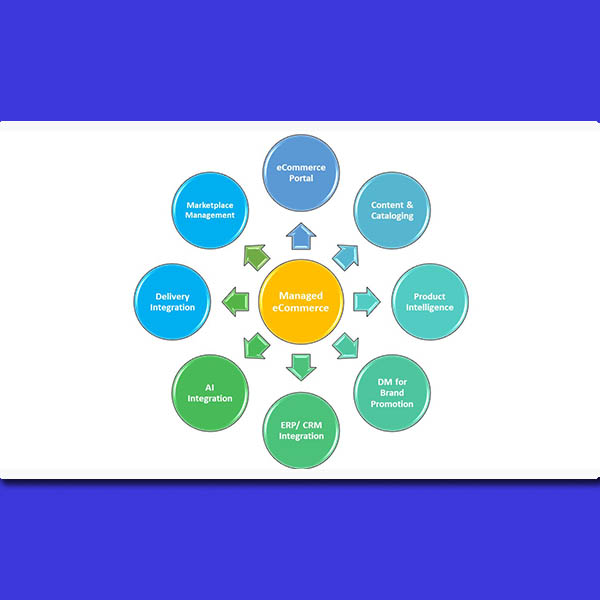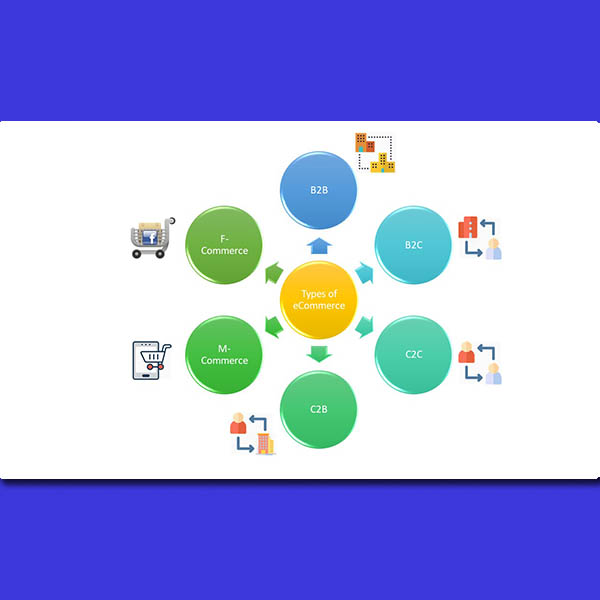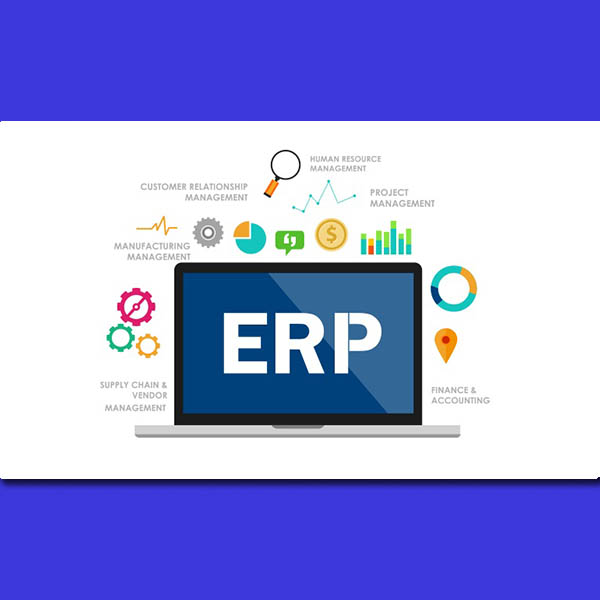
ERP integrated eCommerce solution
What is ERP?
ERP Stands for Enterprise Resource Planning. Enterprise Resource Planning refers to a software that brings together all facets of an operation. These tools integrate functions like order management, sales & marketing, inventory, logistics, and customer service, all with the intention to make manual processes more efficient with automation.
An ERP software automates the core processes by collecting orders, delivering reports on these orders and gathering and storing information to make each of your departments effective.
In short, an Enterprise Resource Planning software has the ability to cut out unnecessary tasks and jobs, essentially minimizing the amount of work each person in your organization has to complete. This saves you money in the long run.
What modules does it contain?
ERP is altogether combination of multiple functionalities interacting successfully with each other via a common database. As all these functionalities are co-related it is always better helps to grow automation of system.
They are as follows:
Sales Billing
Finance
Purchase
Product Pricing
Inventory Management
Customer Management and CRM
Accounts and Taxation
Order Tracking
Order Return
Delivery/ Shipping
Why to integrate ERP with eCommerce?
When these processes aren’t automated, it’s easy to make mistakes. Shipping addresses can be entered wrong. Incorrect inventory levels can lead to overselling. Product information could be incomplete, incorrect, or missing.
Ultimately, your customer experience is at stake, when you don’t integrate.
If you want to be successful online and keep up with increased online demand, your eCommerce strategy should include integration to your ERP, account, and inventory software.
eCommerce ERP integration allows you to easily account for new orders and fulfill them, regardless of where the sale is made. Products and pricing can be managed from one place, allowing you to have accurate and consistent product information.
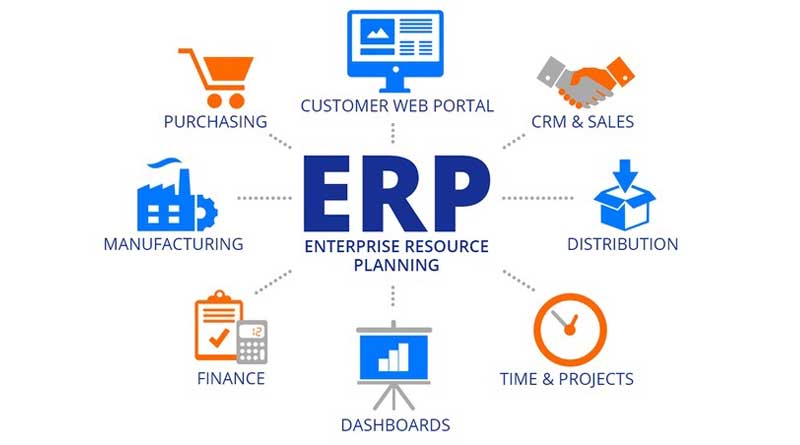
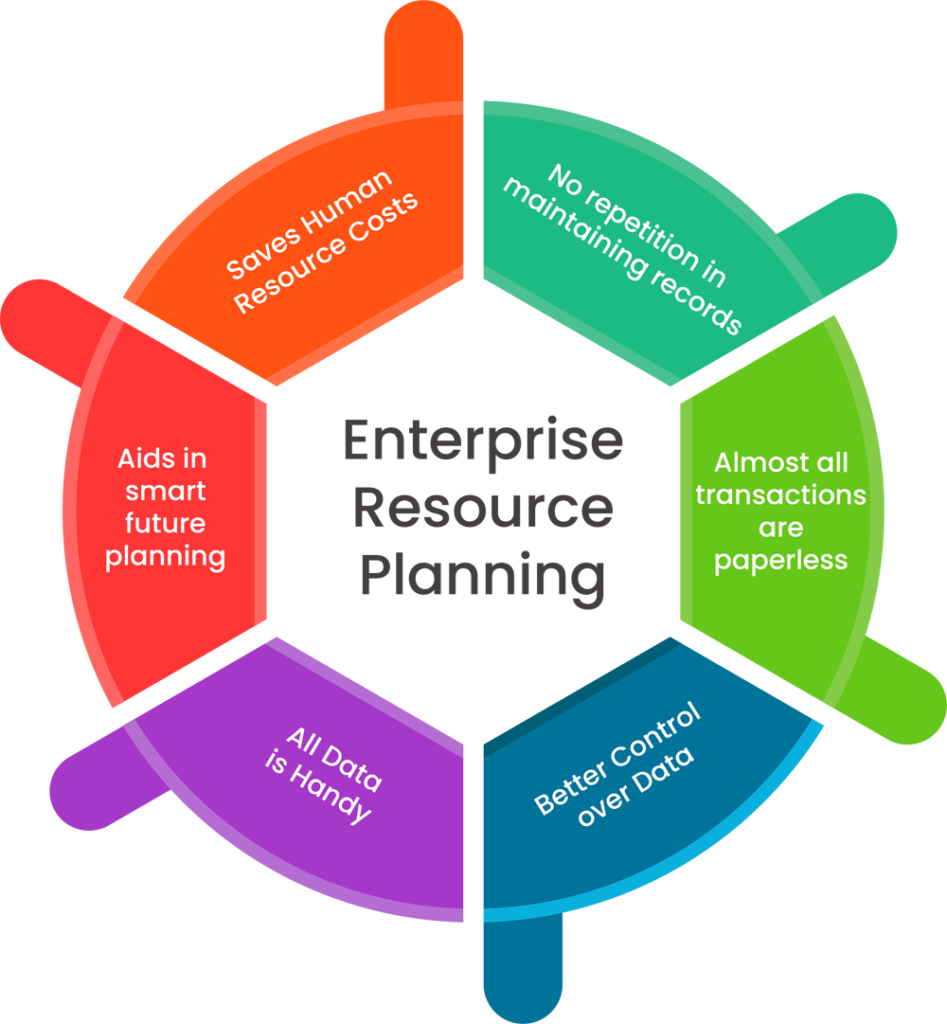
Advantages of ERP Integration with eCommerce
- Reduce manual entry to save time and increase throughput while reducing errors, when entering order, inventory, item, customer and shipping data
- Paperless transactions
- Streamline inventory synchronization, track updates, and provide accurate inventory levels to customers, without hiring staff to manage these tasks
- Automatically notify customers when orders have been shipped and allow them to track the delivery of products
- Simplify how you manage price and product changes to inventory
- Be flexible enough to add multiple online (webstores and marketplaces) and offline (brick & mortar) sales channels, without losing operational efficiency
- Meet tax requirements with automated tax compliance and eliminate exposure
- Handle increased demand in online orders without extra resources
- Regular MIS reports for better customer interest understanding
- Centralized cloud based data helps to create Data Science reports
Types of Integrations
Point-to-Point Integration
This is a common, affordable solution for smaller retailers. For this type of solution, your eCommerce channel, whether a webstore or marketplace, is “pointed” at your ERP or just the required billing system to synchronize sales data.
While this can be enough for a retailer not expecting, or experiencing rapid growth, it can be limiting to growing retailers.
Custom eCommerce ERP Integration
The best way to achieve eCommerce ERP integration is to use a customized ERP . This type of technology is usually cloud-based and provides a platform that sits as an operational hub between your ERP and eCommerce systems. Your main types of data are then synchronized between your systems.
A customized ERP is usually more costly than a one-off point-to-point solutions, but can still be affordable.

